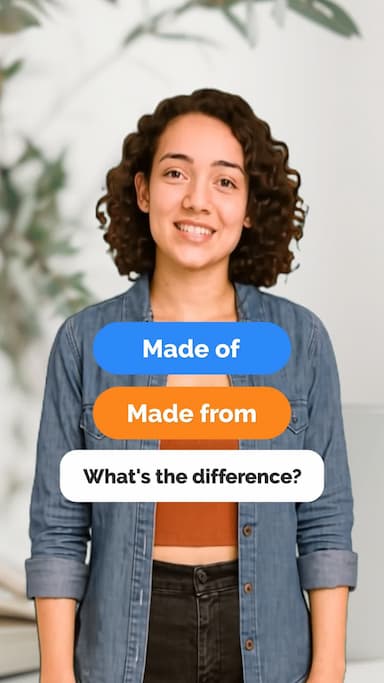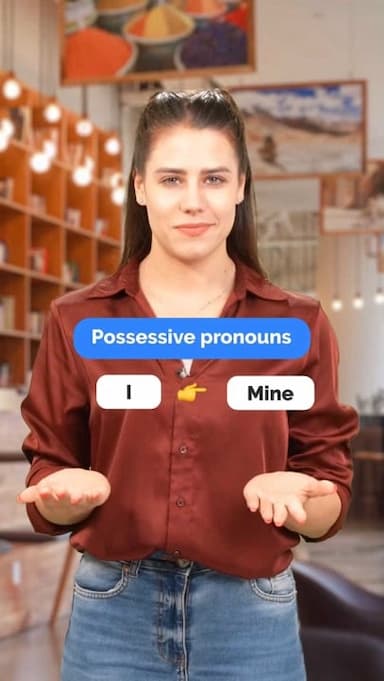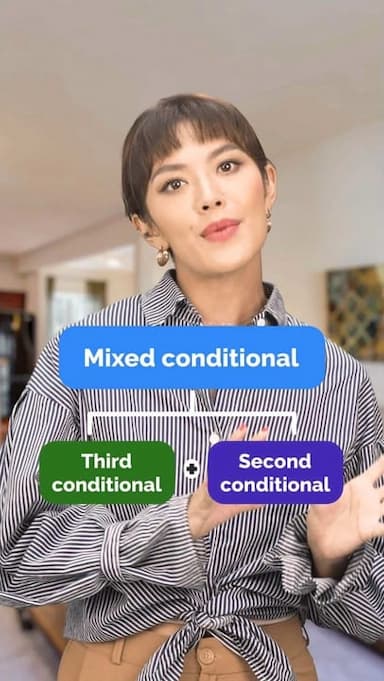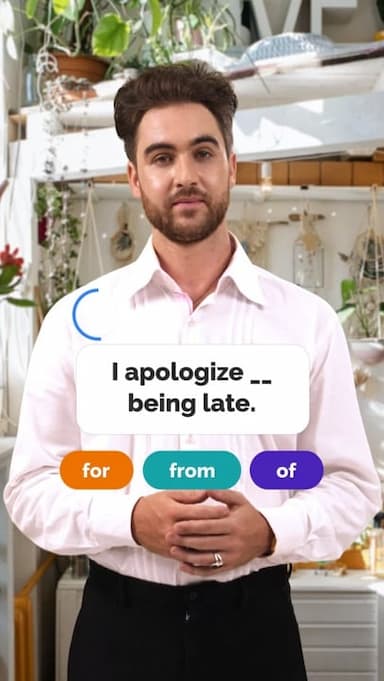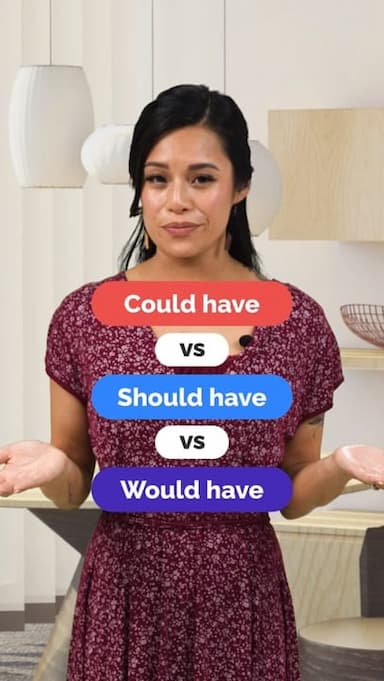Comparative Adjectives Rules in English
Comparative adjectives are used to compare two things, showing differences in size, beauty, comfort, or many other qualities. In English, there are a few easy rules to follow.
First, if an adjective has just one syllable, you add -er at the end. For example, “short” becomes shorter, and “light” becomes lighter. You don’t say “more short” or “more light.”
Second, for adjectives with two syllables ending in -y, change the -y to -i and add -er. For example, “pretty” becomes prettier and “shiny” becomes shinier.
Finally, for adjectives with two or more syllables that do not end in -y, you use more before the adjective. For example, “stylish” becomes more stylish, and “fashionable” becomes **more fashionable.”
These rules help you sound natural and correct when comparing things in English. For instance, you can say “My house is bigger than yours,” or “This bag is more expensive than that one.” Practice using comparative adjectives in daily conversation to build confidence and fluency.
Get the full app experience
Engaging video lessons and fun quizzes to help you ace your English.
Improve your English Level
Improve your pronunciation
Practice conversations
Sharpen your listening Skills
Fix common mistakes in English
Learn Grammar in a fun way
Expand your English Vocabulary
Coming soon to Google Play
© 2023 fluentjoy.com


